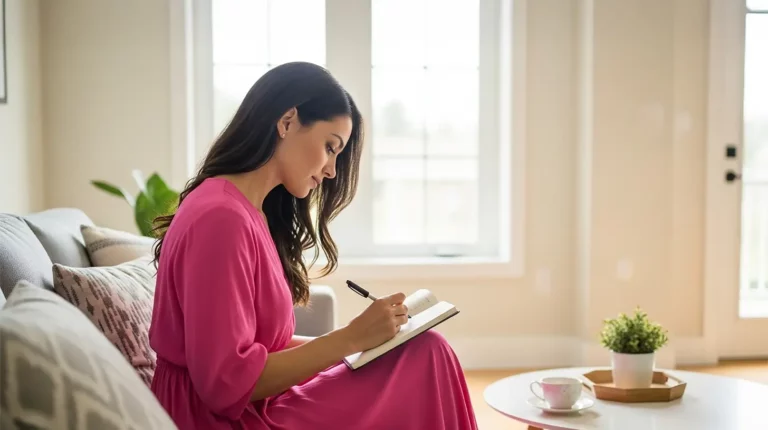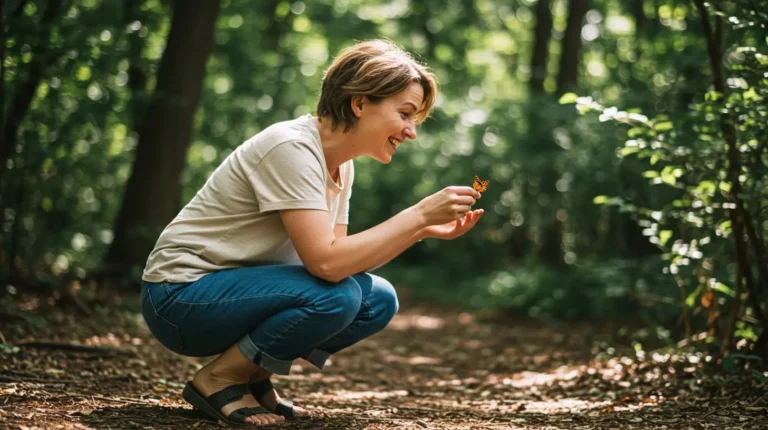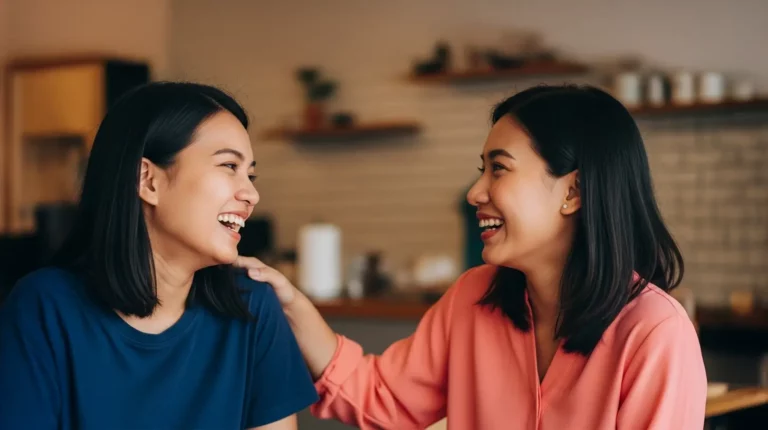Write it down. Speak it out loud. Express it through song. Convey it through gifts. Say a little prayer. There’s every which way to cultivate the attitude of gratitude. And for those on the artsy side, there’s a jar for that.
Now, it’s a widely known fact that gratitude is the key ingredient to happiness. As Dr. Brené Brown, research professor at the University of Houston and best-selling author, says, “I don’t have to chase extraordinary moments to find happiness—it’s right in front of me if I’m paying attention and practicing gratitude.”
In fact, research shows that people who make it a habit of giving thanks tend to be happier, are more resilient to stress, and are less likely to be depressed.
What’s even more interesting is how gratitude works on our minds and bodies, and how a gratitude jar can help you reap the benefits.
Your brain on gratitude
Your brain is like the boss of your body. It runs the show and controls everything you do, even your emotions. So when you start counting your blessings, it impacts different parts of your brain.
Anterior Cingulate Cortex and Medial Prefrontal Cortex
An experiment done by researchers at the University of Southern California provides insight into the brain activity of subjects who were induced to feel gratitude by receiving gifts.
Magnetic resonance imaging (MRI) showed increased activity in the anterior cingulate cortex and medial prefrontal cortex—the areas of the brain associated with moral and social cognition, reward, empathy, and value judgment.
Hypothalamus
The hypothalamus sits in the part of your forebrain and is responsible for the fight or flight response and regulates the release of hormones responsible for functions like body temperature, emotional responses, appetite, and sleep.
So it’s no wonder that gratitude has an effect on this part of the brain.
The feeling of appreciation enables your brain to release dopamine, a.k.a the “feel good” hormone. And in addition to making you feel good, it also has downstream effects on your body, including:
- Increasing blood flow
- Aiding with digestion
- Improving memory and focus
- Enhancing moods and emotions
- Processing pain
- Promoting better sleep
- Helping with stress response
Writing is healthy
Writing, it seems, can be beneficial for your well-being.
It can help with your personal growth, enable creative expression, and help you feel a sense of empowerment and control. And a handful of studies have shown that venting emotions through writing can aid in lowering stress levels.
One point, however, is that writing isn’t solely effective, according to Dr. Joshua Smyth, who published an intensive research review in the Journal of Consulting and Clinical Psychology. He adds that in order to strengthen immune systems as well as the mind, people must understand and learn from the emotional experience they write down.
And when you’re writing your gratitudes on the regular, it can shift your self-perception and how you see, treat, and feel about others.
Bonus: it’s low cost, easily accessible, and there’s no right or wrong way to do it.
Now, on to the gratitude jar
More than likely, you’ve heard of a gratitude journal. It’s a great, easy, and effective way to consciously count our blessings.
But not everyone is into notebooks or, if you’re pro-tech, downloading yet another app. So, we’re suggesting an alternative: a gratitude jar.
- Thankful for the feast on your table? Write it on a piece of paper and stuff it in the jar.
- Appreciate your partner for washing the dishes? Scribble it down on a napkin and toss it in the jar.
- Grateful for the tribe at Mindvalley? (*Cough*—shameless plug—*cough*) Put it on a Post-It and add it to the jar.
It’s the same concept, really, but one great thing it has over the others is that it creates a visual reminder.
Notebooks can be put away and phones or iPads require identification. But having a gratitude jar sitting on a counter filled with note after note after note (imagine it with colorful paper!) can be a wonderful way to see all your blessings.
Getting started
The concept behind the gratitude jar is simple. Start with an empty jar (decorate it if you wish).
Write down what you’re grateful for on a piece of paper and put it in.
You can do it daily or weekly… or whenever you feel a surge of gratitude. And at the end of the year, you’ll have a jar full of goodness that you can look back on all the abundance of that year, even if it was a rough one.
Here are some options where you can use gratitude jars.
- At Home: If you have a family, you can have a gratitude jar for each member (decorate them if you wish). Everyone can write their own gratitudes or pop in a note in another’s jar.
- At Work: You can do the same at work, which can help improve day-to-day morale. A study by the American Psychological Association shows 93% of employees “who reported feeling valued said that they are motivated to do their best at work, and 88 percent reported feeling engaged.”
The gratitude jar might feel forced at first, but as you do it more and more, it’ll get easier to see the good things happening in and around you.

Great change starts with you
When it comes to your happiness, gratitude is a key factor.
“Millions of people wake up every single day feeling dread or anxiety or stress or depression, and they’re not trained to do anything about it,” says Vishen, founder of Mindvalley. “Simple practices like gratitude can elevate levels of happiness, but we don’t learn that. Instead, especially in America, we learn to pop pills like Prozac.“
But what if, instead of popping a Prozac, we learned to pop a gratitude note in a jar?
It doesn’t have to be something profound or even focus on just the good things. You can also be grateful for the lessons you learned during a tough moment.
The art to learning to be happy is not to ignore or not notice the negative or be okay with the negative. It is actually to learn to work with it.
— Kristina Mänd-Lakhiani, co-founder of Mindvalley and author of Mindvalley’s Live by Your Own Rules Quest
So if you want to discover more on how to cultivate the attitude of gratitude and discover self-love, head over to Mindvalley where you’ll find a great number of incredible human transformation teachers and experts to learn from.
And that, too, is something to be grateful for.







